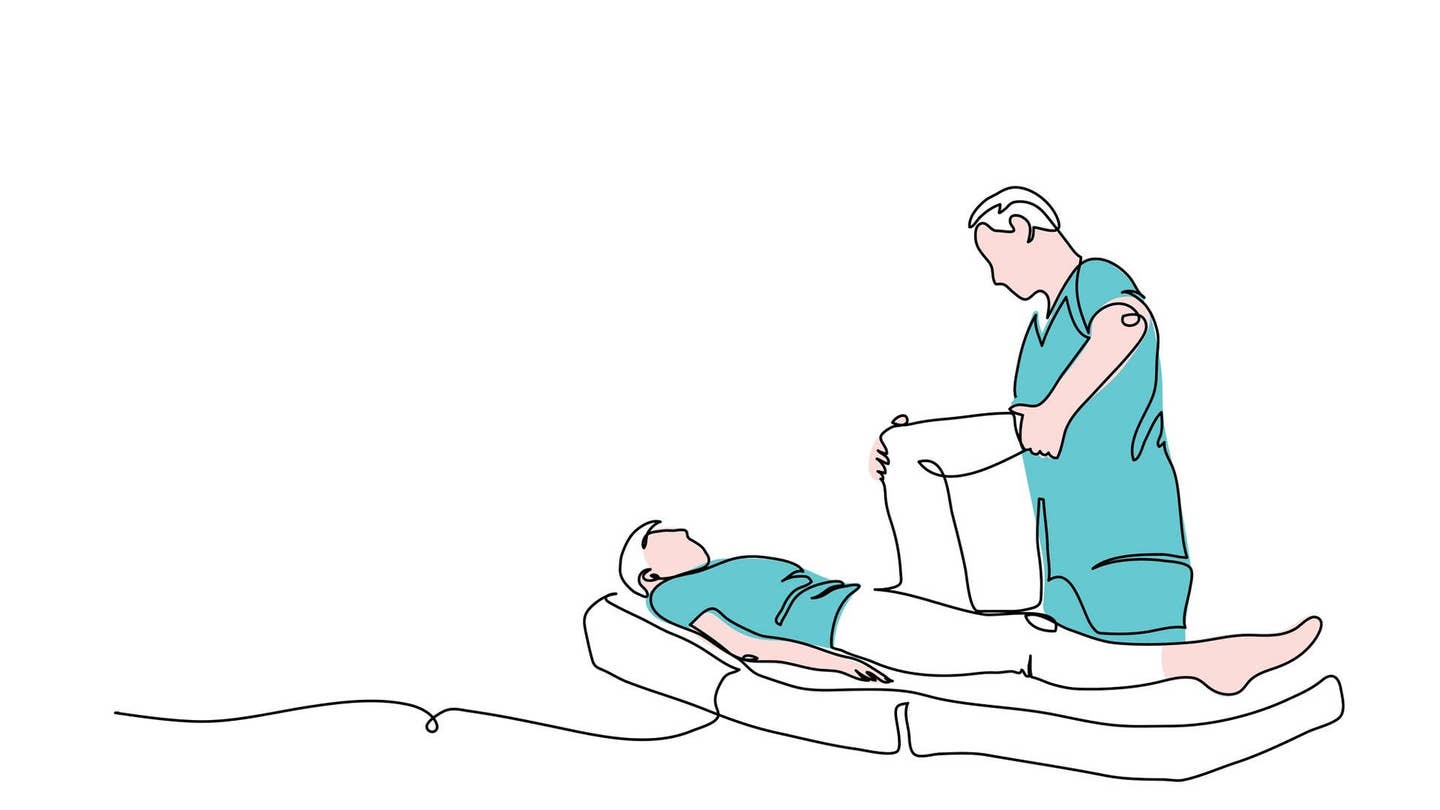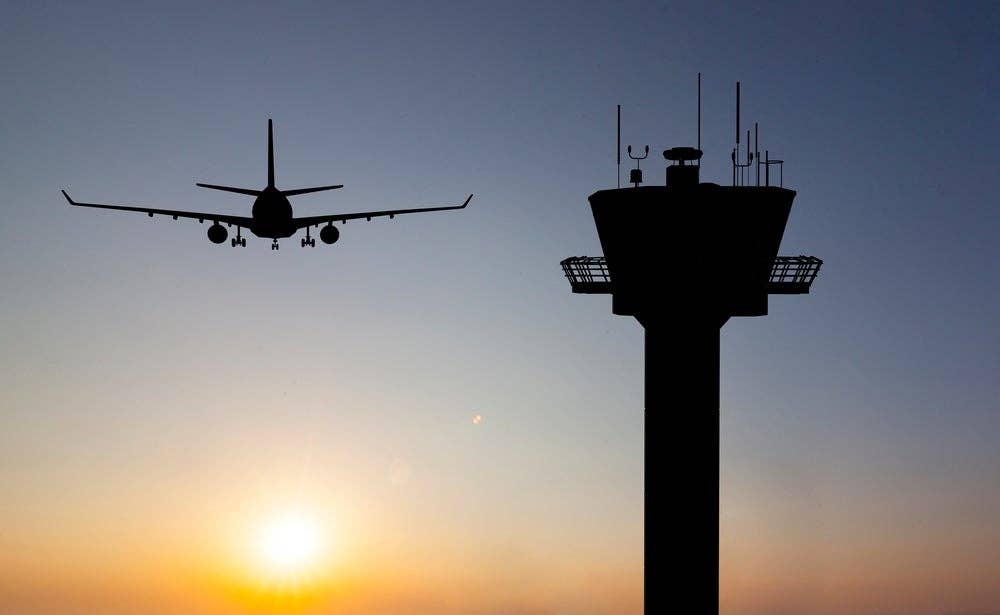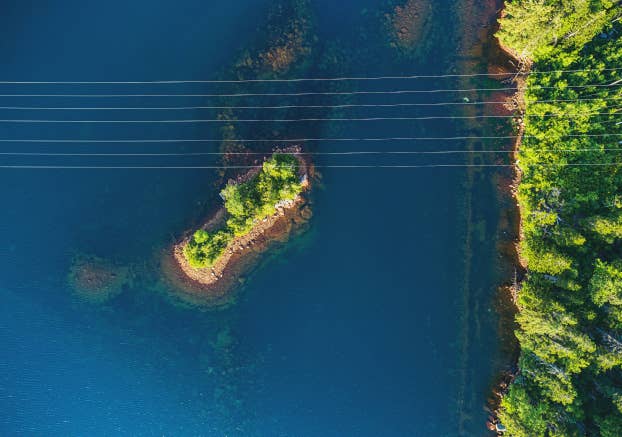
Southwest Research Institute will chase the upcoming solar eclipse on two of NASA’s retrofitted Martin WB-57 high-altitude jets. NASA
A team of NASA-funded scientists, led by Amir Caspi of the Southwest Research Institute (SwRI) in Boulder, Colorado, will chase the moon’s shadow in two retrofitted Martin WB-57 high-altitude jets. For most everyone able to experience the eclipse it will last about two minutes, but for Caspi’s team it will last upwards of seven.
"These could well turn out to be the best ever observations of high-frequency phenomena in the corona," Dan Seaton, co-investigator of the project and researcher at the University of Colorado in Boulder, said in a written statement. "Extending the observing time and going to very high altitude might allow us to see a few events or track waves that would be essentially invisible in just two minutes of observations from the ground."
Telescopes mounted on the noses of both planes will capture the clearest images taken to date of the sun's outer atmosphere, known as the corona.
NASA is funding 11 projects that will allow scientists to use the eclipse to learn about the sun and its relationship to the Earth's upper atmosphere.

Sign-up for newsletters & special offers!
Get the latest FLYING stories & special offers delivered directly to your inbox






